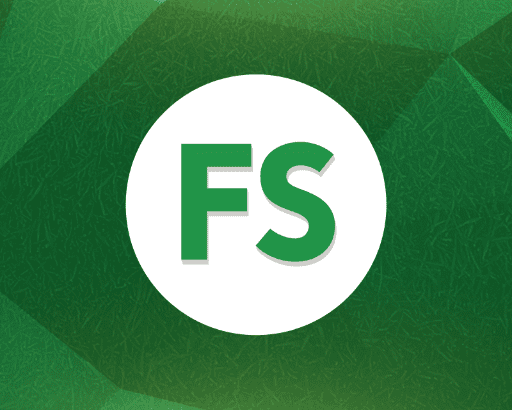For sports like squash, social media and digital content gives the ability to reach out to a significant audience. With Premier League football dominating the traditional media, most have resigned themselves away from competing for that space.
Instead, by being clever online, you can still hit the audience you are looking for, and we caught up with the Professional Squash Association’s PR & Communications Manager, Nathan Clarke, to explain.
“Social media and digital media is huge for us and sports like us. I think in reality, a strong social media presence and good digital content is the only way a sport like ours can really reach out there and get to the public.
“Without the ability to live share highlight reel action, or keep fans up to date in real time with what’s going on – and without the likes of great sports pages like GiveMeSport, Bleacher Report etc – I think sports fans would struggle to find out much more than the main football scores via the traditional media.”
A huge sports fan, Nathan started out in the world of journalism and the media with Singletrack MTB magazine in 2009 before joining the Rugby Football League as Media Executive in 2010.
He moved to PSA in 2013 where he looks after their traditional media output, from press releases and match reports to website content and official magazine, as well as overseeing the organisation’s social media output and digital media content across all platforms.
As a sport, there are more than 600 professionally registered squash players in the world and the PSA stages more than 200 tournaments per year. PSA’s Facebook and Twitter channels boast an organic following of more than 160,000, while they are approaching 50,000 subscribers on YouTube.
Nathan added: “We use Instagram, YouTube, Facebook, Twitter, our Website and our own online streaming channel. As we stream live action via our own channel SQUASHTV (now also part of Eurosport Player in Europe) the main end goal is to drive up subscriber numbers but we try not to focus too heavy on a single approach on social – the variety of what we put out is what makes for successful content.
“Campaign wise one of the most entertaining recently was instigated ahead of the El Gouna International Open which involved setting players a challenge to see who could come up with the best trick shot on the social media accounts.”
Nathan’s experience has enabled him to compare and contrast how individual sports work online, in comparison to a team sport such as rugby league. Despite the individual sport element of squash, he says that the PSA don’t put a great deal of pressure on its players to be prominent online.
He said: “There isn’t a huge difference from a working point of view – teams and players alike gather individual followings and when you’re reporting on, or working with, a player of a team impartiality is one of the most valuable assets you can have unless you are an in-house employee.
“On a personal level, the connections you can make with athletes in an individual sport are stronger than those in teams. You live the ups and downs with a soul individual as opposed to being swept along with a whole team. Just as a team loss can be good or bad for engagement and stories, a player’s win or loss, or injury, brings with it engagement spikes and ups and downs.
“There’s no pressure per se from us for players to have a digital presence – we’re very much aware than an athlete either does, or does not, want to be on social media and we accept that.
“For those that are online, we try to encourage them to post content but don’t micro-mange or push too many corporate messages at them.
“The beauty of social media is that fans can connect directly with their heroes – and I feel that getting too involved in that distills the experience for fans and athletes alike. The biggest thing from an Association point of view in ensuring the athletes know how to conduct themselves correctly when online, not using inappropriate language etc.”
To find out more about the PSA, visit http://psaworldtour.com/


